Affiliate links on Android Authority may earn us a commission. Learn more.
As good as it gets: has the smartphone peaked?
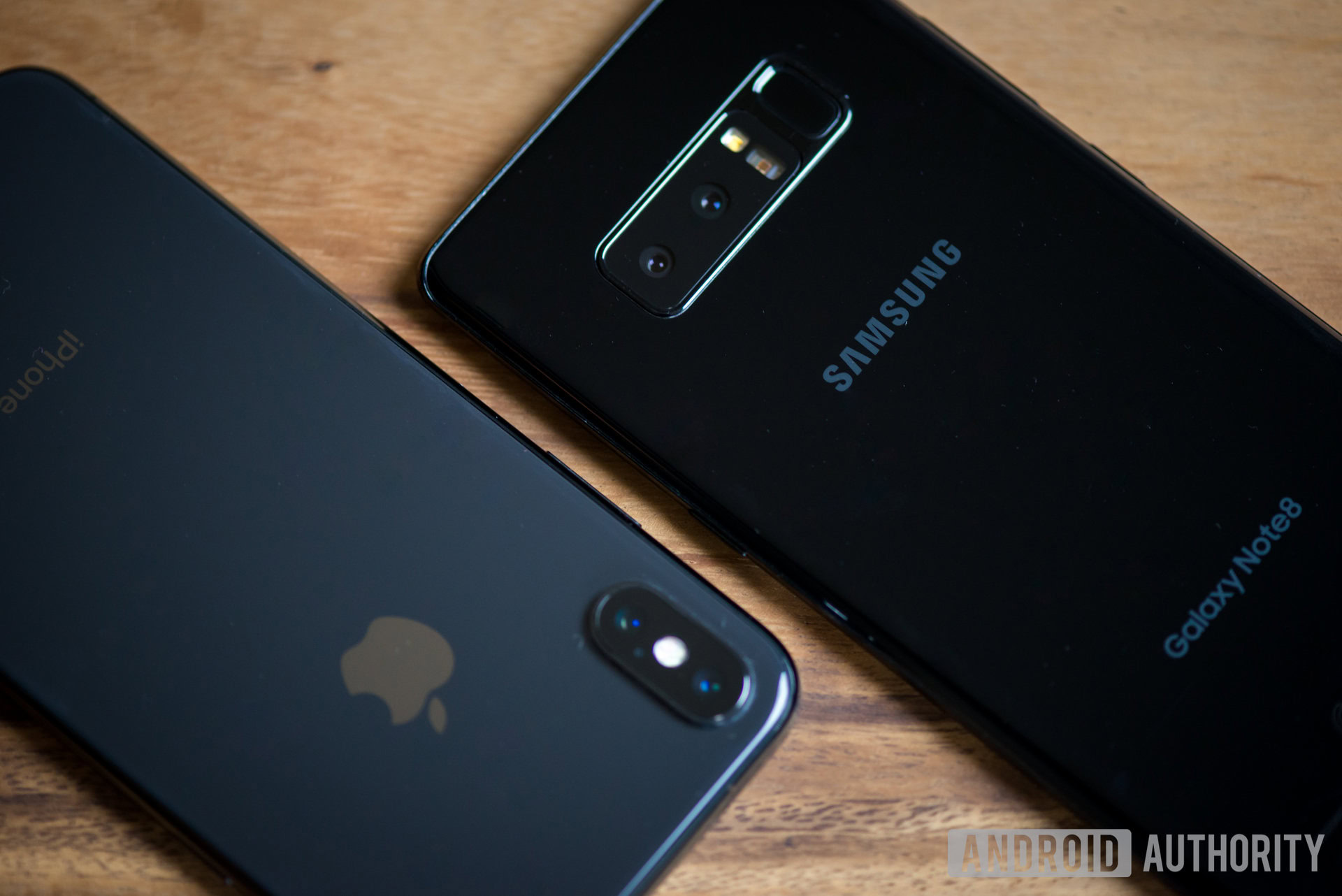
In his keynote address at the Macworld Conference & Expo in January of 2007, Steve Jobs introduced the world to the first-generation iPhone. Before he held out the device as if it were some sort of beacon of light, he famously stated, “Today, Apple is going to reinvent the phone.”
How right he was.
Regardless of your feelings about Apple, the iPhone, or Steve Jobs himself, there is no denying that the history books will chronicle the evolution of the mobile phone in two categories: pre-iPhone and post-iPhone. The device was a game-changer and it reinvented the entire mobile phone industry.
In the 11 years since, mobile phones have gotten bigger, faster, and more powerful; armed with features that even Jobs didn’t anticipate. Despite this the overall form factor of every successful smartphone today is the same: a handheld black slate, with a touchscreen on the front used to launch apps.
Is this it? Is there no other way to design a mobile device? Has the smartphone peaked?
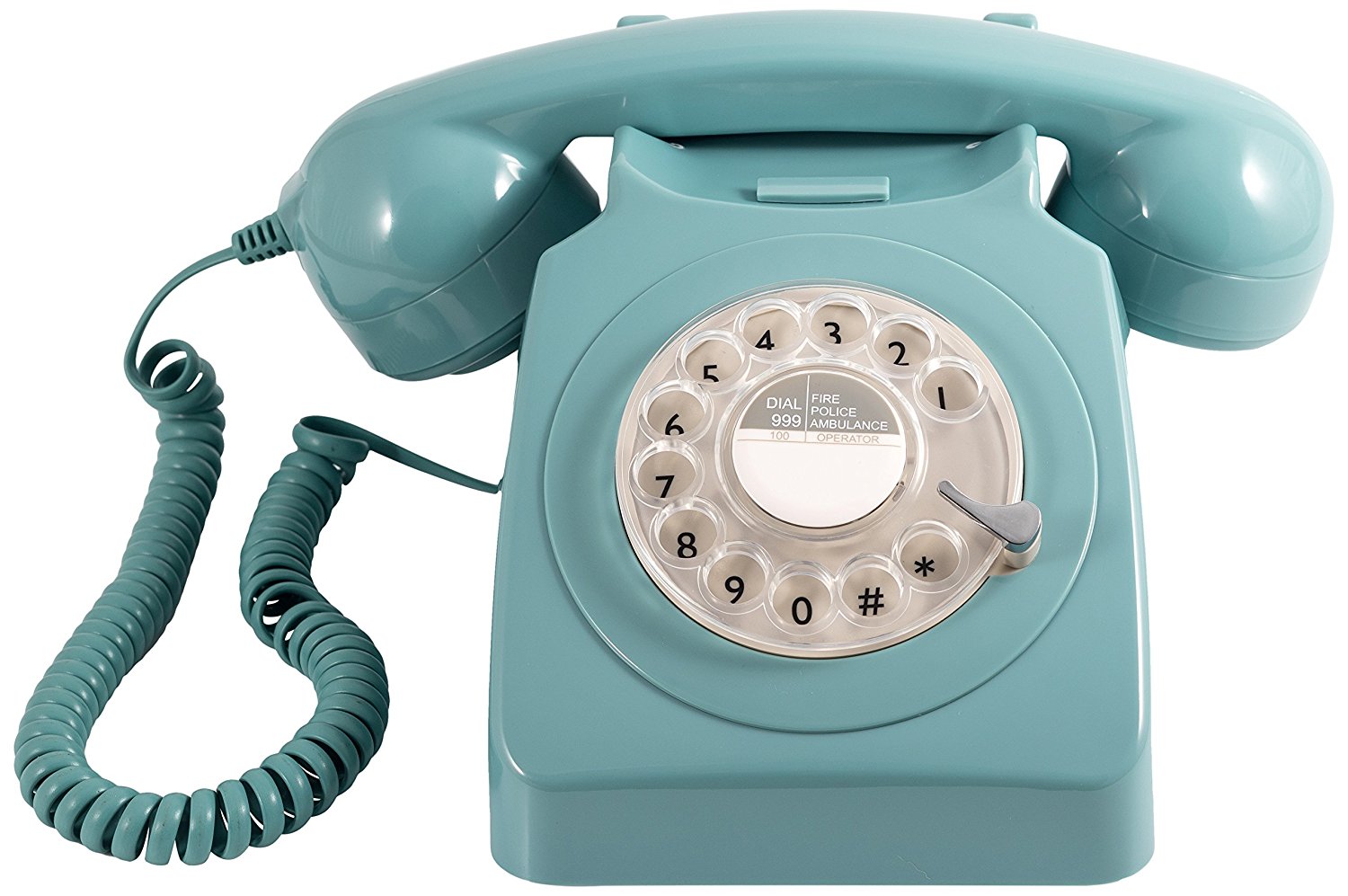
In the early 1960s, the first push-button telephones made their debut at the consumer level. The rotary dialer held on strong for many years after, but eventually completely disappeared; operating a push-button telephone was simply faster and easier. Additionally, the tones created by pressing the buttons enabled new types of technology to flourish to the point of indispensability, like automated dialing, password-protected voicemail, and over-the-phone purchasing.
55 years after push-button phones became commercially available, and what do we have on our desks? A push-button phone. Sure, it might be a VOIP device or have a wireless handset, but the basic operational concept of a 1960s phone and a 2017 phone is the same: you lift up the handset, push a number into a dialer, and then hold the unit to your ear and mouth. When your call is over, you place the handset onto a dock of some kind.
55 years of innovation and growth and not much about the telephone has changed; its operational design peaked in 1963.
Taking this into consideration, one could argue that the operational design of the mobile phone peaked in 2007.
If you think that statement is pretentious, consider this: imagine handing a child a rotary phone from 1965 and asking them to dial a number. Chances are, they would be stumped. Ask them to do the same with a push-button phone from that same year, and they would be fine. It would feel clunky, but familiar.
55 years of innovation and growth and not much about the telephone has changed; its operational design peaked in 1963.
Now, imagine handing a child a Nokia 2760 (a mobile phone released the same year as the first iPhone) and asking them to send a text message to their parents. How well do you think they would do with T9 texting? Do you think that child would have the same difficulty sending a text using the first generation iPhone?
The idea that mobile phone technology moves at a breakneck pace is only half correct. New phones are announced every day. Many of them claim to have a new feature that will change the industry as we know it. Processors are getting incredibly powerful, battery life is being stretched to ridiculous lengths, and camera technology has amateurs creating professional-quality images. But no mobile phone has moved us away from the touchscreen-black-slate design. The details of phones are evolving rapidly, but the core hasn’t changed at all.
Of course, that hasn’t stopped many designers from trying.
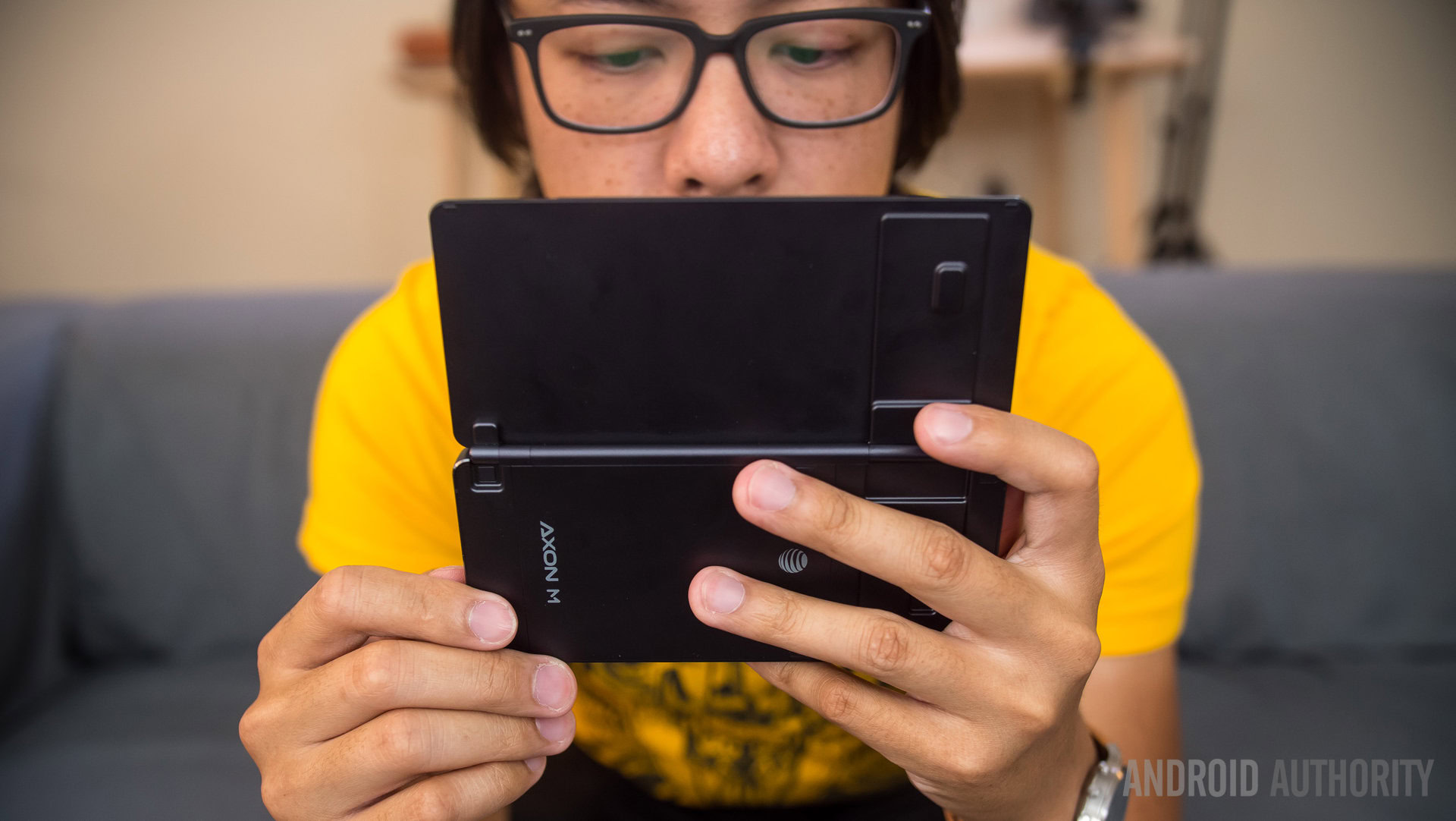
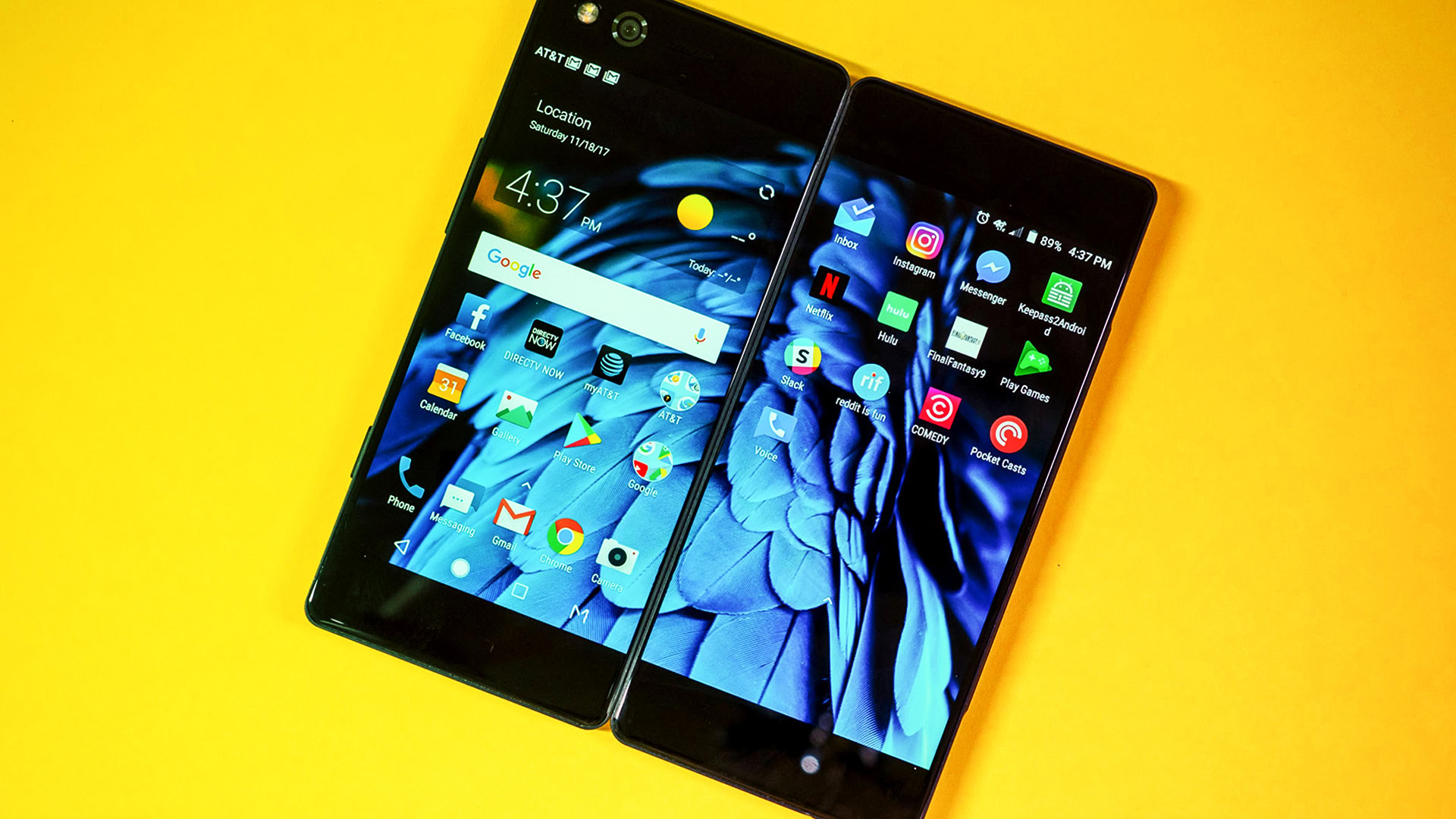
The 2017 the ZTE Axon M looks like a regular smartphone, albeit a bit bulky. Its heft is because the back of it flips out to reveal an entire second screen, thus making your rectangular phone a much larger square. It’s a novel idea, though the phone isn’t generating a ton of buzz.
Samsung tried its hand at a smartphone with curved glass when it introduced the Galaxy Round. It looks like someone took a Note 3 and squished it into a concave curve. Once again, it was praised by tech review sites as being forward-thinking and offering some benefits (like reduced screen glare)… but had dismal sales.
BlackBerry tried in vain to bring back the physical keyboard this year with its “don’t call it a comeback” phone, the KEYone. A small subculture of BlackBerry and physical keyboard enthusiasts scooped up the device when it was released, but the majority of phone buyers didn’t want or care about physical keyboards.
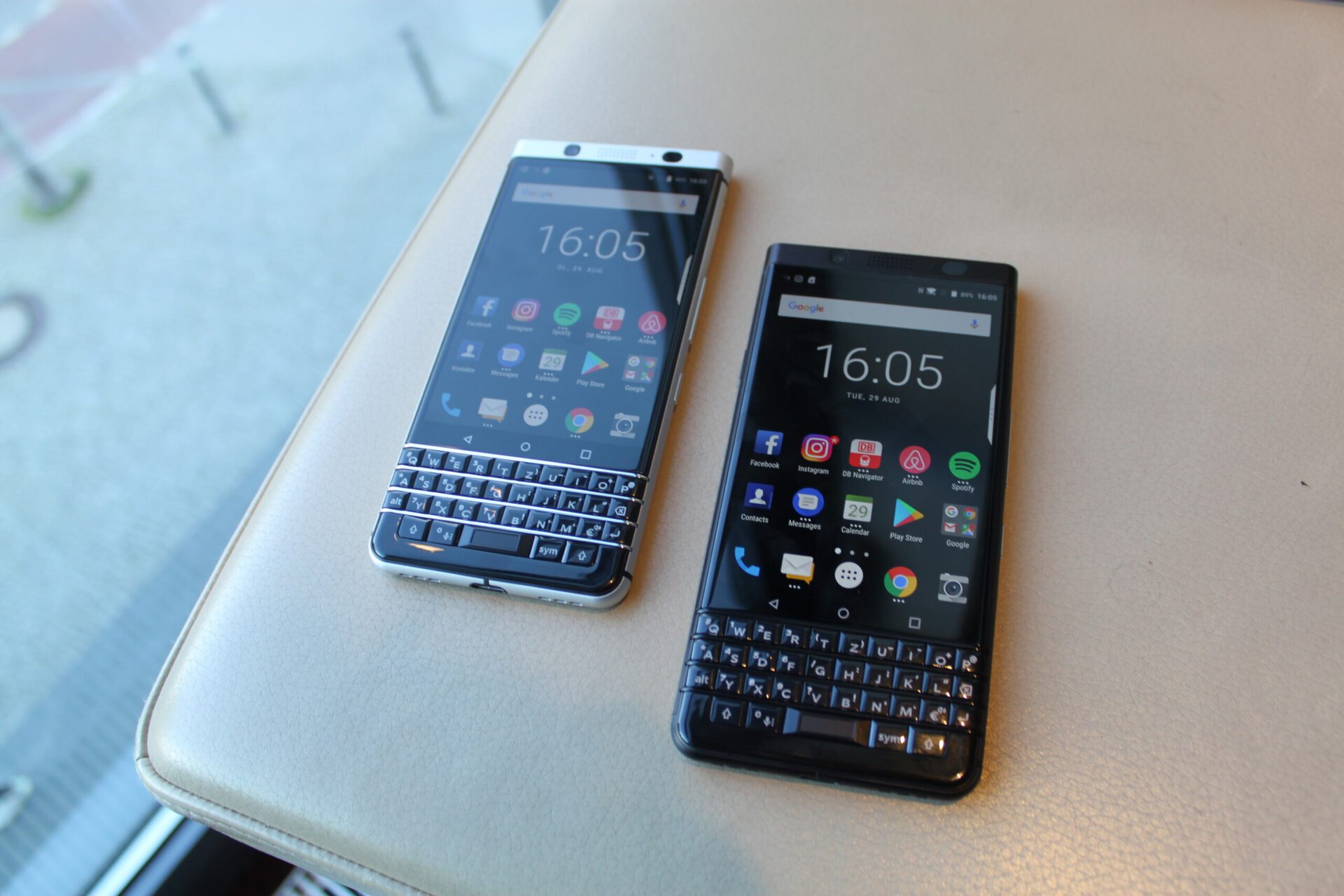
There are still efforts in the pipeline. The upcoming Galaxy X is heavily rumored to include foldable glass. The middle back of the phone will probably be hinged like the Lenovo Yoga line of laptops, and when you want to put the phone in your pocket, you’ll close it up like a clamshell… glass and all. It’s an exciting thought. But will the masses buy it? Probably not.
People don’t want these out-of-the-box designs, just like they don’t want a telephone without push-button dialing, and we have ten years of data to prove it. The most successful smartphone lines all adhere to the same operational design formula launched in 2007, and even when they do successfully tweak things a bit (like the S Pen with the Galaxy Note or the edge-to-edge rounded screen of the Galaxy S8), they don’t stray too far.
If smartphone design has peaked, what’s next? What is going to break the mold?
The original Star Trek series is notorious for creating fictional technology which now exists. Perhaps the computers of Minority Report will become a reality, and we’ll manipulate our future smartphones without even touching a screen. Maybe the biological implants seen in the television show Black Mirror will be all the rage with the kids. Perhaps the voice-controlled hologram technology in Blade Runner 2049 will take over.
For the industry to be completely upended, the device would have to be so radically different from what you hold in your hand that it wouldn’t even be a smartphone any more.
For the industry to be completely upended, the device would have to be so radically different from what you hold in your hand that it wouldn’t even be a smartphone any more. The music industry wasn’t upended in the 60s by something that looked like the decades-old record player; it was upended by the 8-Track tape which finally enabled you to listen to your own music in the car. You can’t hold an LP record in one hand and an 8-Track tape in the other and see the progressive baby-steps between the two. You see one technology in one hand, and a different technology in the other. Likewise with VHS tapes and DVDs, candles and light bulbs, or condoms and birth control pills.
Whatever the next big thing is, you shouldn’t hold your breath for it to come along. The push-button phone is still alive and well a half-century after its release.The standard slate-like mobile device trend started only ten years ago.
It’s a safe bet the mobile device you buy in 2027 will operate in much the same manner as the one you probably just used to read this article.